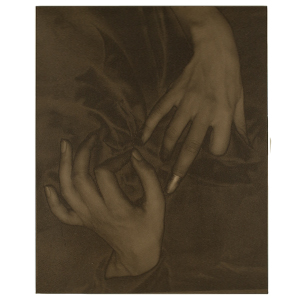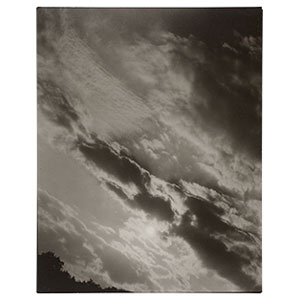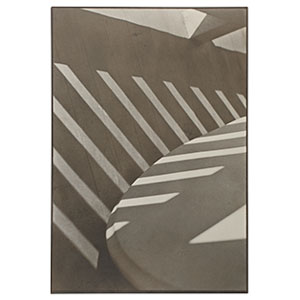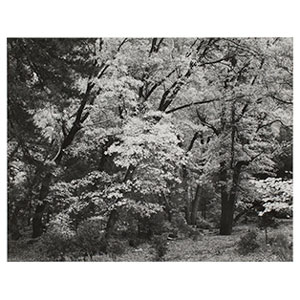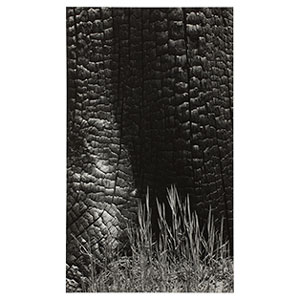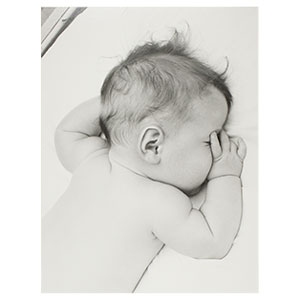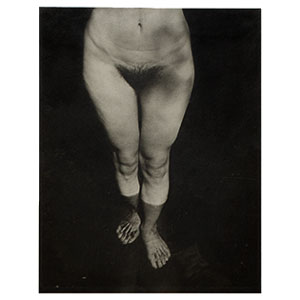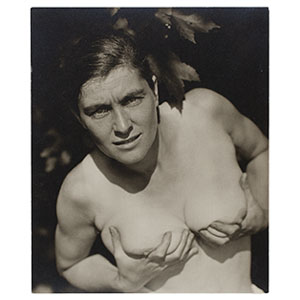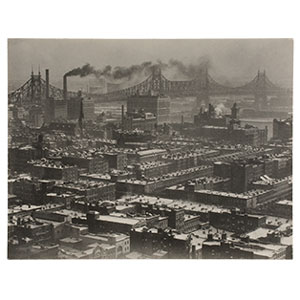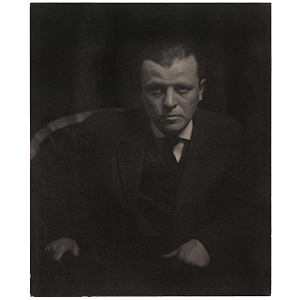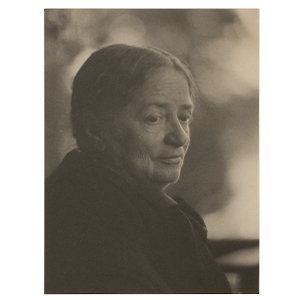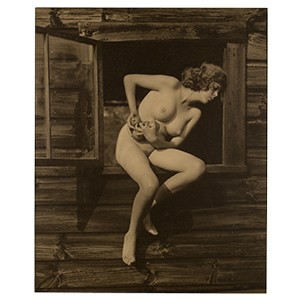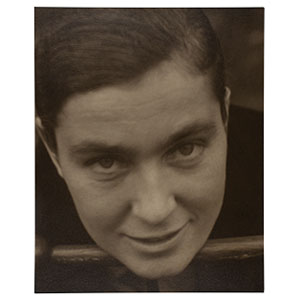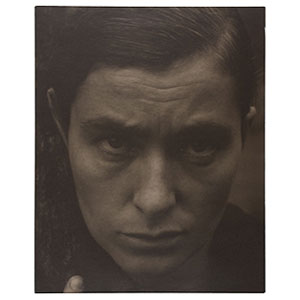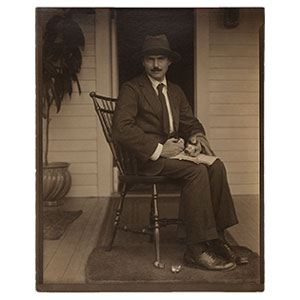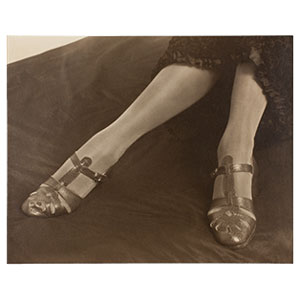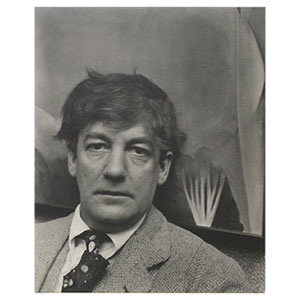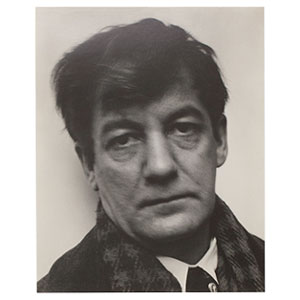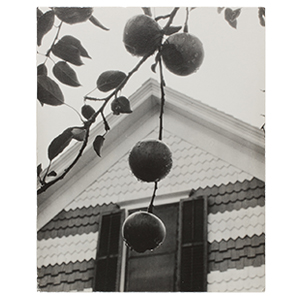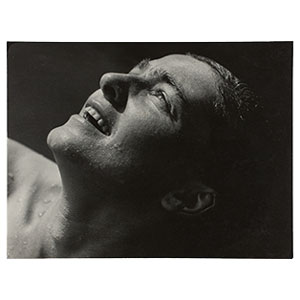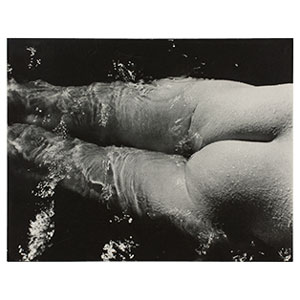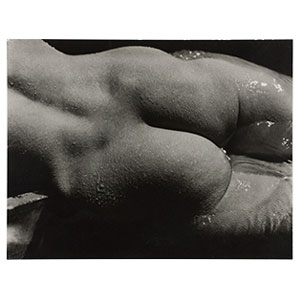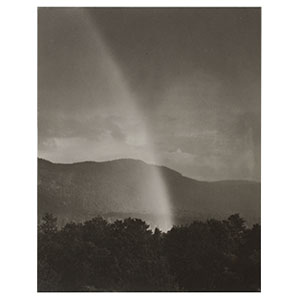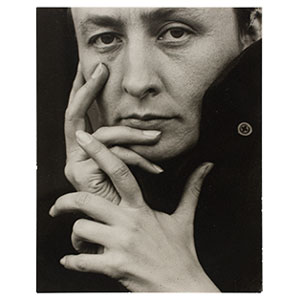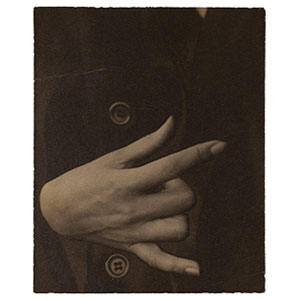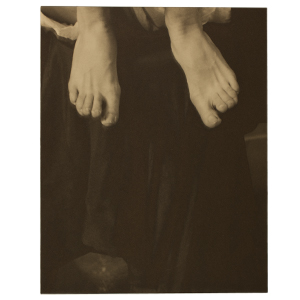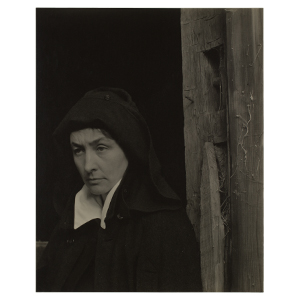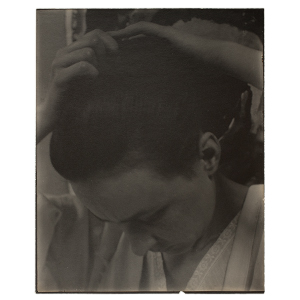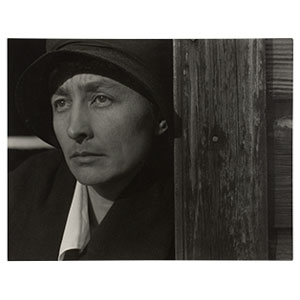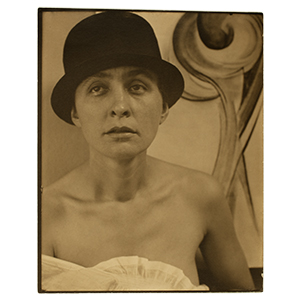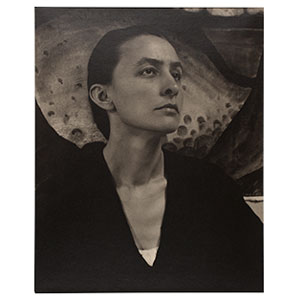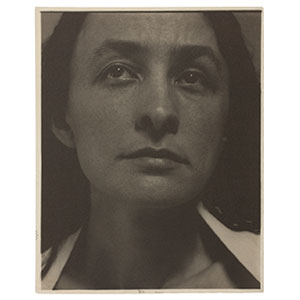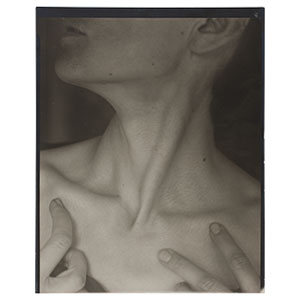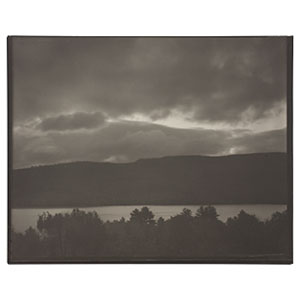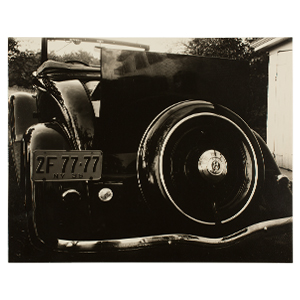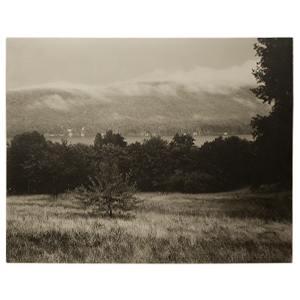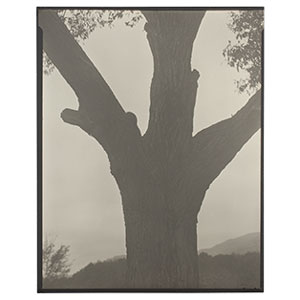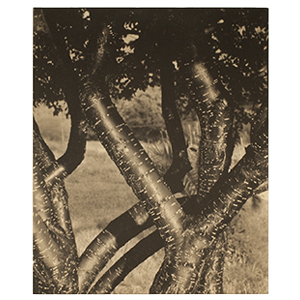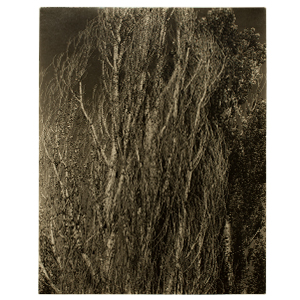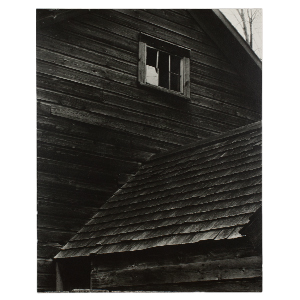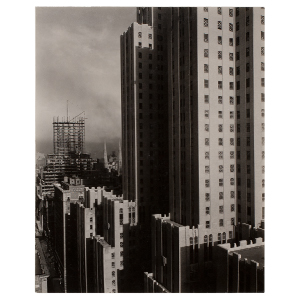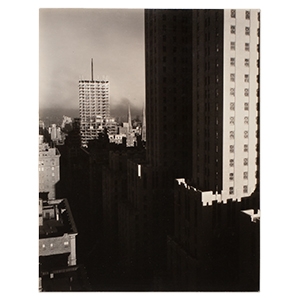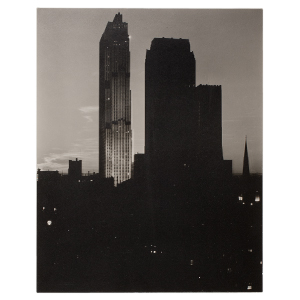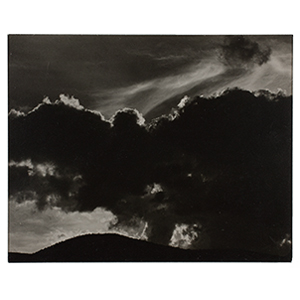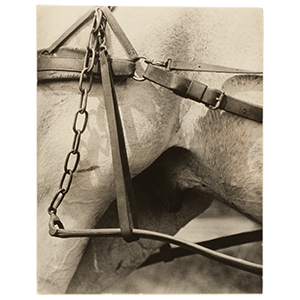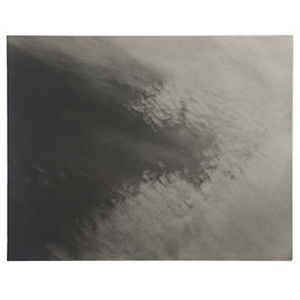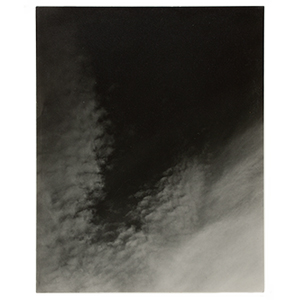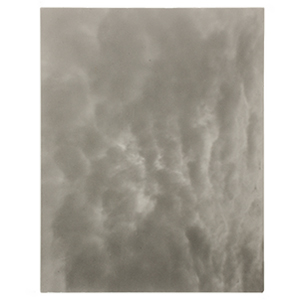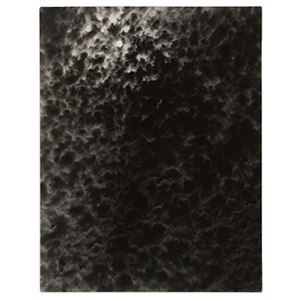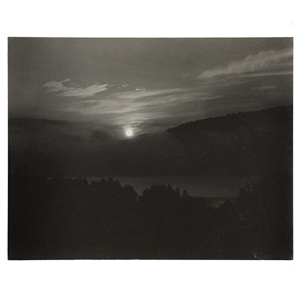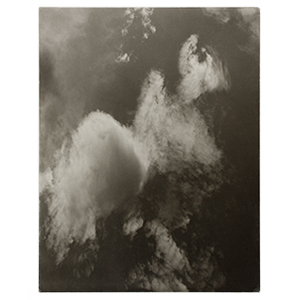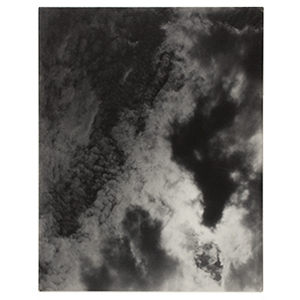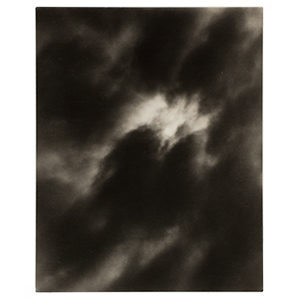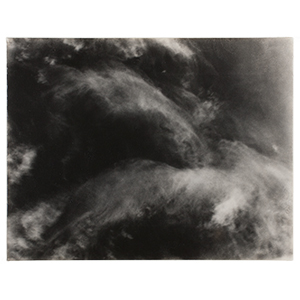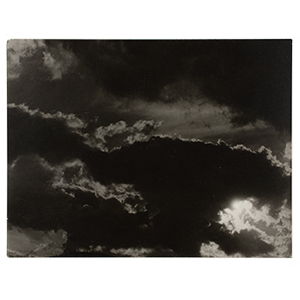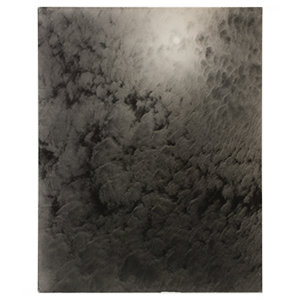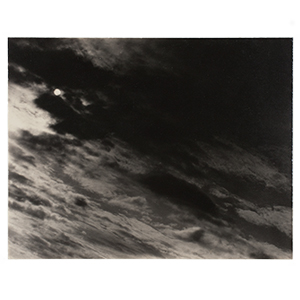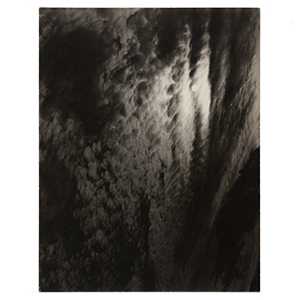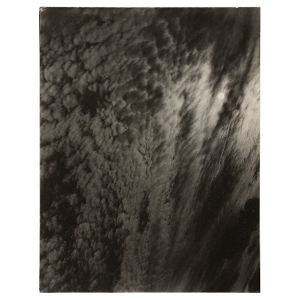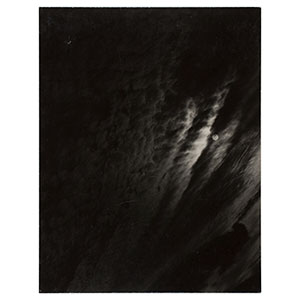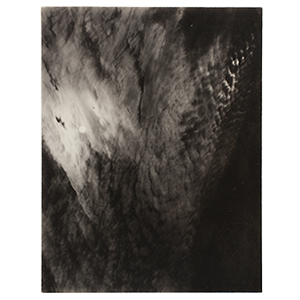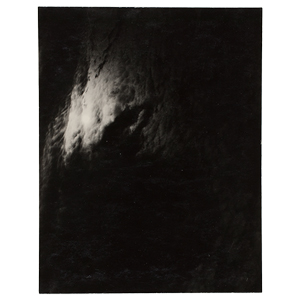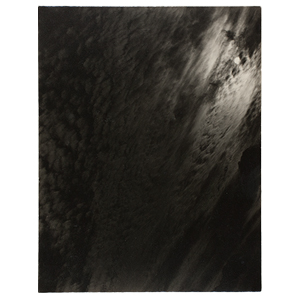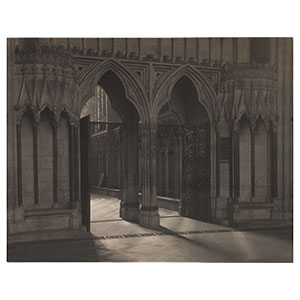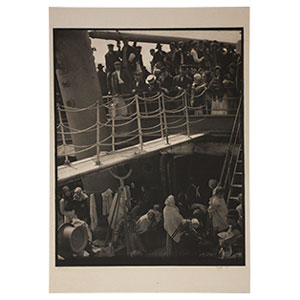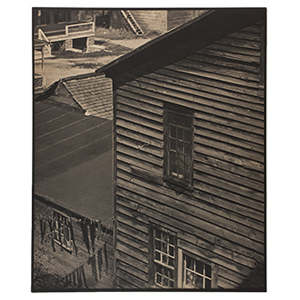Straight Photography
The term “straight photography” was popularized by critic Sadakichi Hartmann, who often wrote for Camera Work. In a 1904 article titled “A Plea for Straight Photography,” Hartmann bemoaned the excessive handwork and painterly flourishes that characterized much of what he saw in Pictorialist photography, arguing, “We expect an etching to look like an etching, and a lithograph to look like a lithograph, why then should not a photographic print look like a photographic print?”[1]
Nearly a decade later Stieglitz would begin to focus on straight photography in his own work, a change that paralleled his discovery and exhibition of modern painting, drawing, and sculpture at 291. In a 1916 letter, Stieglitz described his most recent work as “intensely direct. . . . Not a trace of hand work on either negative or prints. No diffused focus. Just the straight goods. On [some things] the lens stopped down to 128. But everything simplified in spite of endless detail.”[2] Stieglitz’s devotion to straight photography was manifested in certain key artistic decisions: his refusal to crop the negative as he had done in earlier years; his tendency to employ contact printing rather than enlarging the negative; and his preference for the relative sharpness of platinum, palladium, or gelatin silver prints.
The modernist straight photographers whom Stieglitz would promote later in his career included Paul Strand, Ansel Adams, and Eliot Porter. The final issue of Camera Work was devoted entirely to Strand, an emerging photographer at the time, whose work Stieglitz described as “brutally direct.” In an essay reprinted in that volume, Strand advocated an approach that respected both the limitations and the potential qualities of the medium, “accomplished without tricks of process or manipulation, through the use of straight photographic methods.”[3]
[1] Sadakichi Hartmann, “A Plea for Straight Photography,” American Amateur Photographer 16 (Mar. 1904), pp. 101–09; reprinted in Beaumont Newhall, ed. Photography: Essays and Images (Museum of Modern Art, New York 1980), p. 186.
[2] Alfred Stieglitz to R. Child Bayley, Nov. 1, 1916, Alfred Stieglitz/Georgia O’Keeffe Archive, Yale Collection of American Literature, Beinecke Rare Book and Manuscript Library, Yale University, box 4, folder 88.
[3] Paul Strand, “Photography,” Seven Arts 2, 524–25 (Aug. 1917), reprinted in Camera Work 49–50 (June 1917), p. 3.


